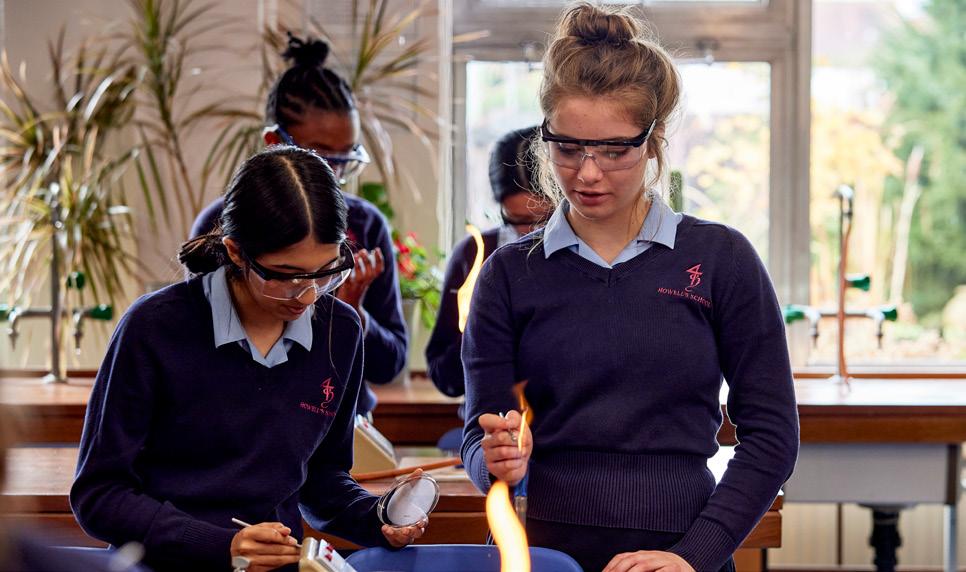
1 minute read
Introduction
On the other hand, the Girls’ Futures research showed that girls from GDST schools have greater confidence that they can achieve their goals and have greater belief in their schools’ ability to prepare them for the future than girls attending non-GDST schools. We believe this demonstrates the GDST difference.

Advertisement

Our experience as experts in girls’ education has shown us that it fosters higher academic achievement, greater diversity of subject choice, stronger self-confidence and resilience, and enhanced career progression. GDST schools are designed around collaborative classrooms, curriculum that give girls the freedom to explore, and strong positive role models who shape inclusive cultures.
At the Girls’ Day School Trust (GDST), we are united in a mission to help girls learn without limits, so that they can lead lives without limits.
The proof of a great education is what happens in girls’ futures: the professions and industries they choose, the journeys they take in their careers, the qualities they are valued for and, of course, the people they become.
To mark the GDST’s 150th anniversary, we commissioned a landmark piece of research, the Girls’ Futures Report, to find out what girls and young women feel about the future: their ambitions, their priorities, and the challenges they face. Working with a specialist research agency, YouthSight, we surveyed over 5000 young people between the ages of 9 and 18 including a nationally representative sample of girls from non-GDST schools, girls from GDST schools and boys at the ages of 9, 14 and 18. We also carried out in-depth interviews and focus groups with young people and consulted experts in educational psychology, careers and equality.
The Girls’ Futures research found that girls from non-GDST schools across England and Wales experience a fall in confidence between the ages of 14 and 18. The doubts they feel and the challenges they experience limit their expectations of the world of work and how prepared they feel to tackle life after school, as well as their confidence in taking risks and in challenging gender stereotypes.







